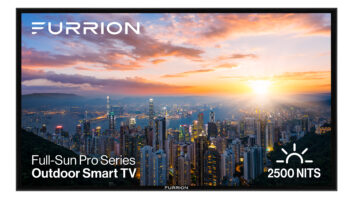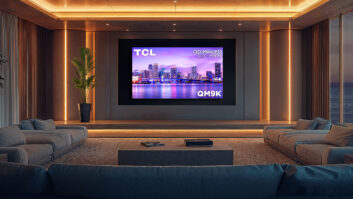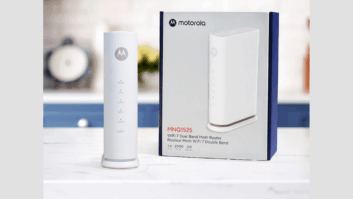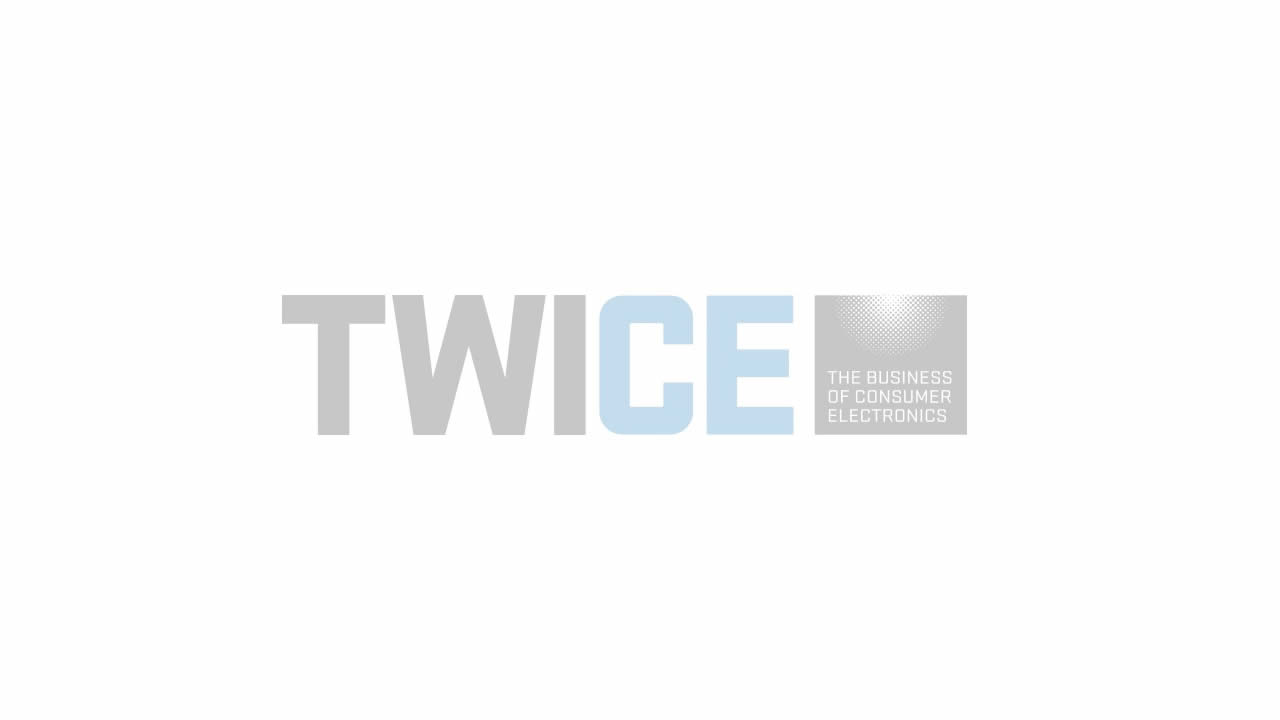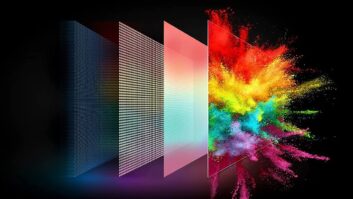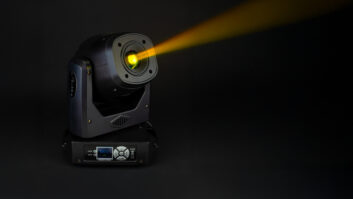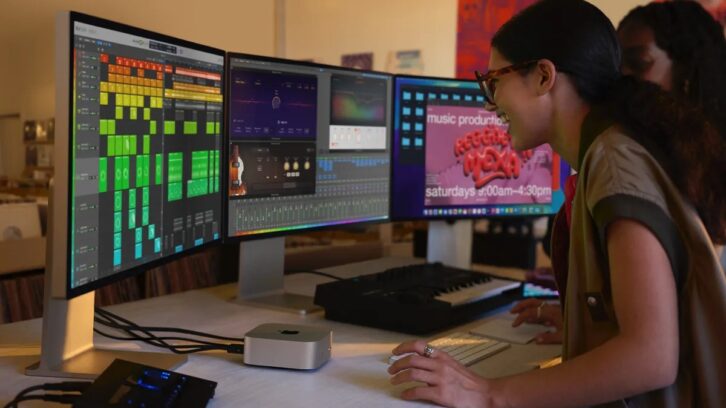
Mini PCs have been around for ages, but the popularity of the Mac Mini M4 has renewed consumer interest in the last year. These pint-size PCs are filling the shoes of large desktop computers—and even laptops. According to a report by SNS Insider, the market for mini PCs is expected to reach over $32 billion by 2032. This is an opportunity for retailers looking to expand beyond traditional computing tech.
The biggest advantage of mini PCs is their compact size, which is great for consumers and retailers. A small design leaves more space for other tech and inventory while enabling a minimalist aesthetic. Let’s explore some categories where mini PCs shine.
No frills PCs for less

Many consumers don’t need an all-powerful machine to meet their daily computing needs. Instead, they can leverage the small size and affordable price of mini PCs, like the $300 Geekom A5 2025 Edition, for everything from browsing to streaming. While it can’t handle much in terms of gaming performance with the latest games, it is more than usable for older games. It’s also a decent option for home servers.
Home servers are admittedly a niche market, but they offer clear advantages for families with extensive media collections. Using a home server, consumers can set up their own hub to stream videos, back up files, and control smart home devices without expensive cloud subscriptions.
As for the smart home, a mini PC may be overkill for running Home Assistant compared to a Raspberry Pi. Still, their extra power brings flexibility to use the computer for other tasks.
There’s room to grow in this category as long as you stay in tune with our customers’ needs. For example, you can provide them with the support resources, curated software, and accessories for building a reliable streaming machine or home server. This is a major pain point that pushes consumers to dedicated streaming boxes and smart home hubs.
Business applications for mini PCs
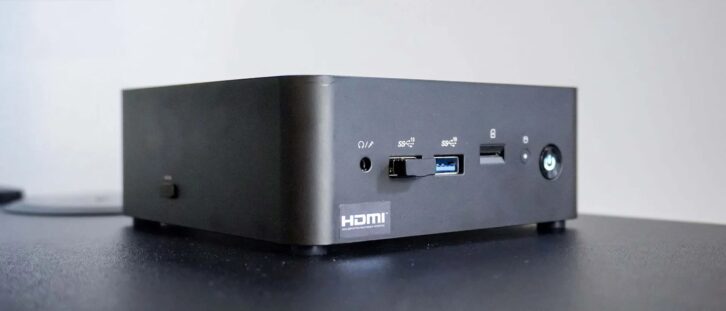
The practical benefits of mini PCs extend beyond the residential market. Notable examples include major roles in healthcare, digital signage and education. Manufacturers are leveraging this by offering models that provide enough power and upgradeability to meet the IT strategies of businesses.
Depending on your customer’s preferred operating system, the MSI Cubi NUC 1M ($420 to $949) and Mac Mini M4 Pro ($1,400) are reliable choices for business workflows. MSI Cubi’s broad price range helps it scale with your customers’ business, while the Mac Mini is an impressive option for graphic design teams. Again, the small form factor means IT staff can keep a couple of spare units on hand for quick swaps or new employees without needing much space.
Beyond IT teams, retailers can leverage mini PCs to attract local businesses seeking personalized support for their unique needs. This is an opportunity to develop rich and ongoing partnerships with local business owners.
PC gaming within the limitations of mini PCs
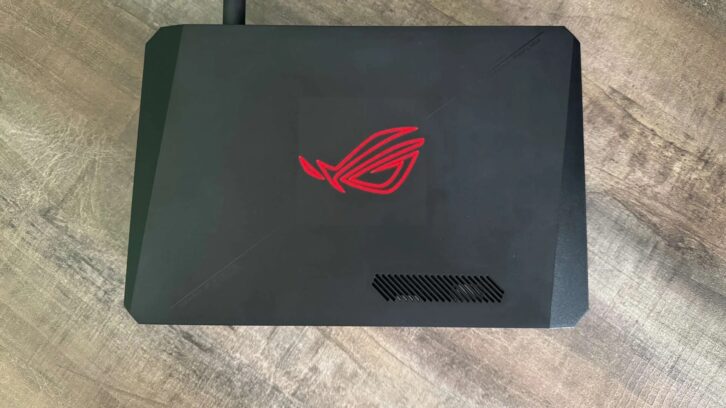
PC gaming is a massive market for desktop computers, so you might consider where mini PCs fit in that space. Even if they won’t meet the needs of every gamer, modern mini PCs pack a punch for consumers who want reliable performance at a lower price than a desktop tower.
However, you need to be aware of the main limitation for gaming on mini PCs that may cause gamers to hesitate: The small size of mini PCs means limited space for graphics cards and reduced upgrade options.
The Asus ROG NUC 970 includes an impressive Nvidia RTX 5070 Ti GPU. But it can’t match the performance level of Nvidia’s flagship offerings. And since customers can’t upgrade the GPU without buying a new machine, the $2,000+ list price is a big commitment.

You can address this issue by offering mini PCs, desktops and laptops in key configurations at more competitive prices. For example, the Minisforum AtomMan G7 PT may not have the same beefy specs, but it costs much less at just over $1,000.
Take a strategic approach
Consumers find it much easier to choose a desktop over a mini PC, and vice versa, when there isn’t a huge gulf between the two products’ price and capabilities. In an ideal world, this means carrying an extensive inventory, which isn’t practical for small retailers.
Instead, curate a selection of models that cover most customers. To account for edge cases, consider selling accessories and components for your selection of machines that have viable upgrade paths. A measured approach like this also helps reduce the amount of training your staff needs. Now they can help customers choose a PC and provide post-purchase support. Ultimately, a strategic approach to mini PCs is your best bet.
